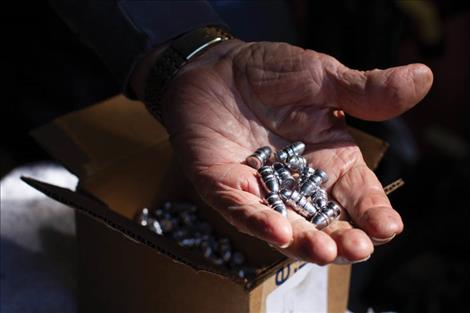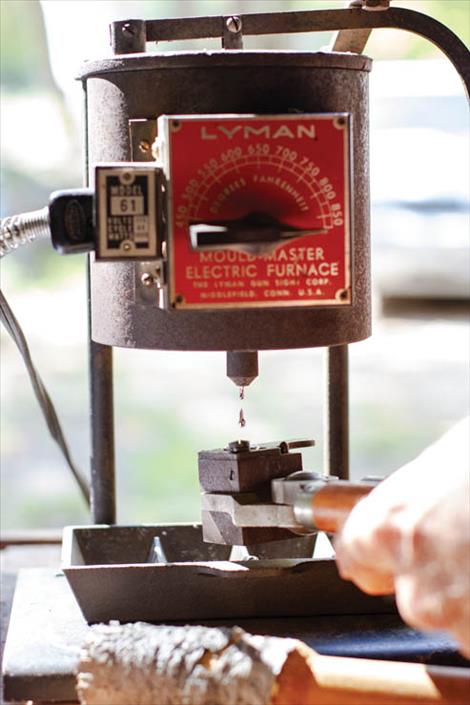Where have all the bullets gone?
Hey savvy news reader! Thanks for choosing local.
You are now reading
1 of 3 free articles.
As sportsmen prepare for the fall hunting season, they may find ammunition hard to come by. Retailers may be out of stock, or only have a bare minimum available for hunting calibers.
A salesman at Murdoch’s gun counter in Polson said they limit the sales of ammo to one or two boxes per person per caliber now, because when they do get a shipment in, it gets bought up entirely by just a few people.
Selway Arms in Missoula has the same problem. Counterman Mike said that when they get a shipment in, if they don’t limit the amount per person, it’s like “throwing a bag of French fries to a swarm of seagulls.” Selway is so low on ammo now that they have reduced the shelf space for ammunition from 26 to 5 feet. As of mid-September, military type of ammo was all they had on their shelves.
Because of the shortage, ammo prices have increased substantially. What once was $14 dollars a box for 20 rounds is now well over $30 or more, depending on the caliber and bullet weight. Buyers need to be prepared to shell out more for their hunting bullets and call around for availability.
How did this happen? At the Original Kalispell Gun Show on Sept. 12, Andrew Rose of Professional Loading Service from Stevensville, said the ammo shortage was triggered by unforeseen large purchases of ammunition.
According to Rose, because of the pandemic and the ensuing civil unrest, “there were over 12 million first-time gun buyers last year.” He estimates that every one of those new buyers bought at least a couple of boxes of shells. Second, the American government has let large contracts out for ammunition. American ammunition manufacturers Winchester, Remington, Federal and Hornady, among others, in turn have prioritized their resources and production on filling government contracts rather than supplying the retail market. This minimizes ammunition production for the general public.
Some companies have come forward to try to fill the gap, and buyers may notice some new brand names. Like Professional Loading Service, these companies manufacture and distribute new bullets under their own brand. Their product lines include the majority of centerfire pistol and rifle calibers used for hunting. But even these companies are hampered by the lack of raw materials such as primers, which are in short supply and therefore expensive.
David Mosby, owner and general manager of the gun show, echoed the same concern about the large government contracts and lack of primers. Regarding ammo reloading, he said he personally has a “lifetime supply of components” but is giving up practicing shooting and reloading of ammunition to keep his supply intact.
The gun show was a large 3-day event, with 444 vendors and hundreds of people along with some industry professionals. Sunny Jackman from the Flathead County Sheriff’s office said, “I paid $50 for a box of .380 auto at last year’s show and this year I got a box for $35.” She thinks the costs are starting to go down.
Still, there is a lot more reloading going on.Reloading components, even at inflated prices, were being bought and sold at the gun show: brass, primers, lead and jacketed bullets and gun powder. All are basic components for making one’s own shells.
No one seems to know or wants to predict when the ammo shortage will end. For now, it is available at higher prices and will take some searching.

















